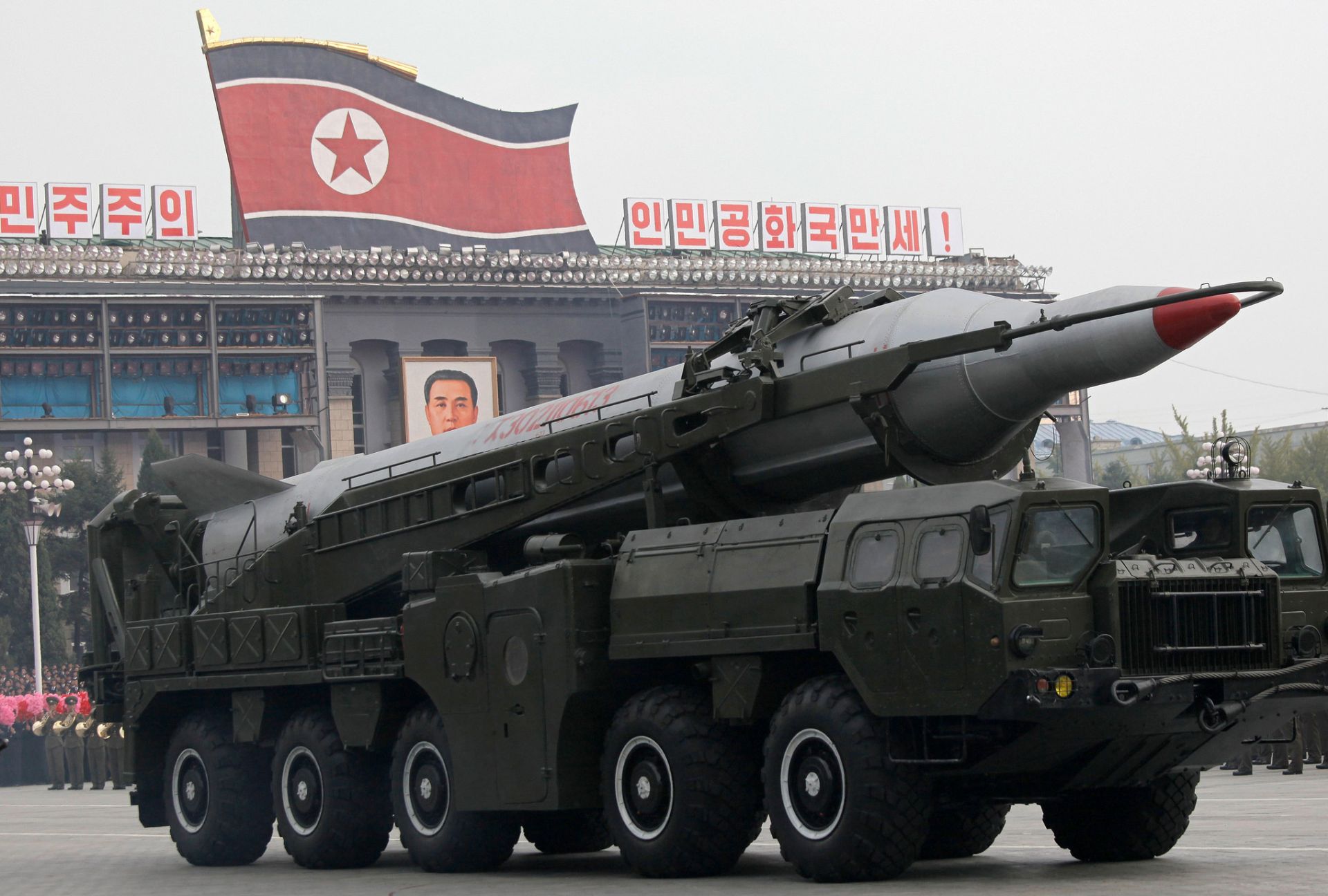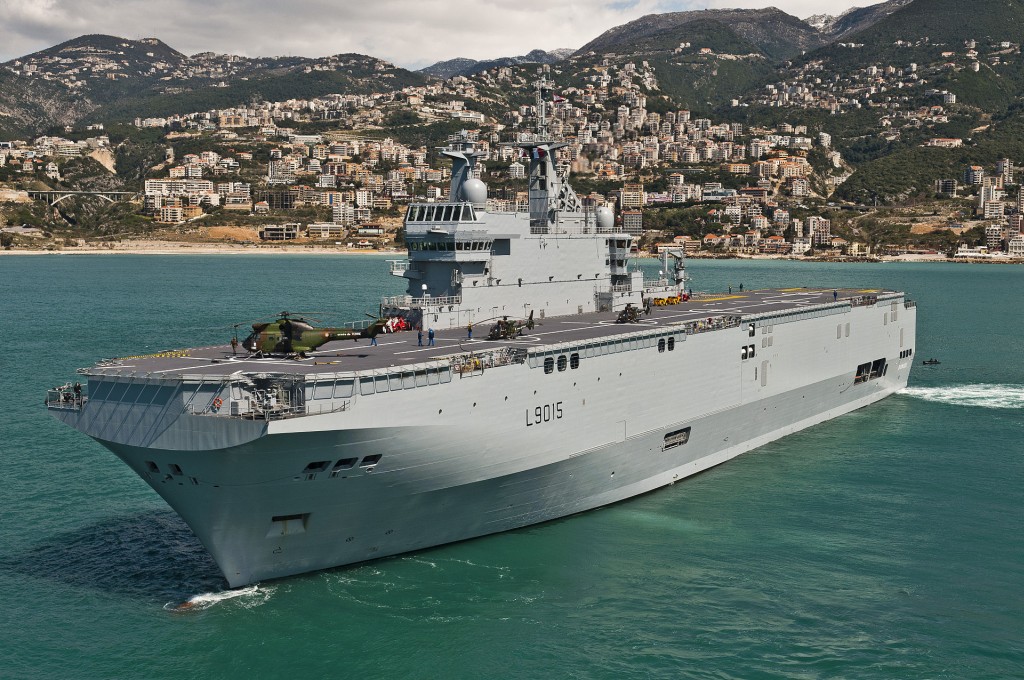North Korea unveiled a set of new and upgraded weapons systems including an intercontinental ballistic missile during its largest military parade to mark the 70th anniversary of the founding of its ruling Workers’ Party on Saturday.
Among the notable weapons was the apparently upgraded ICBM, called “KN-08,” which is presumed to be able to travel some 12,000 km ― far enough to strike the U.S. mainland.
The missile was first revealed during a parade to mark the centennial birthday of the North’s late founder Kim Il-sung in April 2012. Then, it was tipped with a pointy warhead. But the warhead looked round this time, indicating that some improvements or modifications have been made to it.
While broadcasting the parade at Kim Il-sung Square in Pyongyang, the North’s Korean Central Television reported that the strategic rockets were equipped with “diversified, miniaturized” nuclear warheads that have “super-precision” strike capabilities.
The KN-08, which measures 2 meters in diameter and 18 meters in length, is to be fired from a 16-wheeled road-mobile platform, called the TEL (transporter-erector-launcher). The North has yet to publicly test it, leaving its real capabilities still shrouded in secrecy.
Seoul officials showed a cautious stance about the North’s ability to mount a warhead on the KN-08.
“Whether the KN-08, presented at the parade, is a real one or not has yet to be verified. Thus, it is premature to judge whether the missile can carry a nuclear warhead,” a Seoul official told reporters, requesting anonymity.
“And the round shape of the warhead could increase air resistance, thereby reducing the speed of the missile.”
At the parade, the North also revealed its 300 mm-caliber multiple rocket launcher, called the KN-09, for the first time. The new system is regarded as a formidable one for wartime use, given that there are virtually no means for the South Korea-U.S. alliance to counter it.
Seoul officials believe that the North made the rocket system based on a Chinese one, and that it has almost developed it. They believe its maximum range is around 140 km and thus, unable to reach the headquarters of South Korea’s Army, Navy and Air Force in the Gyeryongdae military compound in South Chungcheong Province.
The South Korean military authorities first recognized the North’s push to develop the KN-09, as the reclusive regime was seen test firing the KN-09 system in May 2013.
The new artillery system calls for Seoul to pay more policy attention to countering it. But its attention has been focused largely on developing counters to Pyongyang’s missile and nuclear arsenal, such as the Korea Air and Missile Defense program, and the Kill Chain preemptive strike system.
Many ideas have been put forward to deal with the North’s artillery threats, though budgetary issues have always come in the way. Among them was purchasing a weapons system called, “counter-rocket artillery mortar,” or C-RAM.
Despite the speculation that the North would use the parade to show off its submarine-launched ballistic missile, it did not unveil the SLBM, which analysts say would pose a formidable nuclear threat to the South and the U.S., should it be fully developed.
Last May, Pyongyang claimed that it successfully conducted an ejection test of the SLBM from its new 2,000 ton Sinpo-class submarine.
Seoul officials forecast it would take four to five years for the North to fully develop and deploy the SLBM. They also think that the North will be able to build a 2,000-ton Sinpo-class submarine capable of carrying the SLBM in two to three years.
Meanwhile, U.S. Pacific Command chief Adm. Harry Harris said Saturday that North Korea and its leader are his command’s greatest worries, and that his military is “ready to deal with” the unpredictable regime.
“The greatest threat that I face on a day-to-day basis is the threat from North Korea, because you have an unpredictable leader who is in complete command of his country and his military,” Harris said during a meeting with reporters.
“At some point in the future, as he develops his capability, North Korea will present a very real threat to Hawaii and the rest of the United States. Now, I have to be ready from a position of strength to deal with North Korea.”











